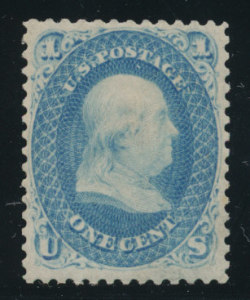Good histories share many things in common. First, the historian must know his subject cold. Good histories are not only about the subject they purport to be about but also place the subject within a place and time context. Second, the historian must be a clear and lucid writer who can make his points in an interesting manner. Good writing should read effortlessly. This goes a long way toward keeping the readers keen, especially in history where a decent amount of minutia and detail are often required. And third, a good history makes broader points about its subject, placing it within larger historical context. Thus Gibbon’s Decline and Fall of the Roman Empire (kind of the archetype for broad, well written history), begins with the end of the Roman Republic and the accession of the Roman emperors in about 20 AD, which Gibbon felt sowed the seeds of the dissolution of the Empire and runs well past the sack of Constantinople in 1453 by the Turks (which Gibbon viewed as the final fall of the Roman Empire).
Philatelic literature tends to fail on the issue of being good history. Books such as Stanley Ashbrook’s One Cent Stamp of the 1851-57 Issue are wonderful philatelic books, but they really aren’t much in the way of history. The stamp, its usages, and printing history are investigated, but the author assumes self-evident reasons for the book. Nowhere does Ashbrook attempt to place his favorite stamp within the broad context of philatelic issues in general. Chase in his book on the three cent stamp of the same issue repeats these faults and even Lester Brookman in his three volume history The United States Postage Stamp of the Nineteenth Century treats postage stamps as a completely divorced subject from the society that issued them and their place in communications and technological history. It really wasn’t until 1971 when George Hargest published his classic work on transatlantic mail that philatelic history in this country began to change. Because postal history is so much more a part of mainstream history than philatelic history, as stamp writing has taken on more of the use of postage stamps rather than just their printing and plate varieties, it has been only natural that current writing has placed stamp issues and their use more within the context of national histories.
This change has made philatelic books in the last twenty years more interesting though far more difficult to write. Philatelic historians now need to be expert, well trained philatelists and competent postal historians, as well as be well versed in national history so as to provide context for their writing. One of the very best of this new genre of philatelic writing is Don L. Evans United States 1c Franklin 1861-67. Over 400 pages, it is well written and moves through all of the modern aspects of philatelic understanding of this issue. Evans discusses philatelic controversies (specifically over the so called “August” essays of 1861) with clarity and accuracy that lucidly explains what was one of the great hot button topics in US philately for nearly 100 years, until it was finally resolved in the early 1990s. The book is readable and interesting and, even if you have no interest in US stamps, if you want to see how a philatelic history should be done you should get this book; it is great. The publisher of the book was Michael Laurence. Much of what was best about stamp collecting and, especially stamp writing in the last thirty years, has been because of Mike. In a hobby where self-aggrandizement often exceeds work and accomplishment, Mike has been a careful and quiet force for modern incarnations of traditional values. He has gotten a great deal of credit, but he deserves more. He was a great editor of Linn’s for nearly twenty years and has continued to write and edit about philately.

